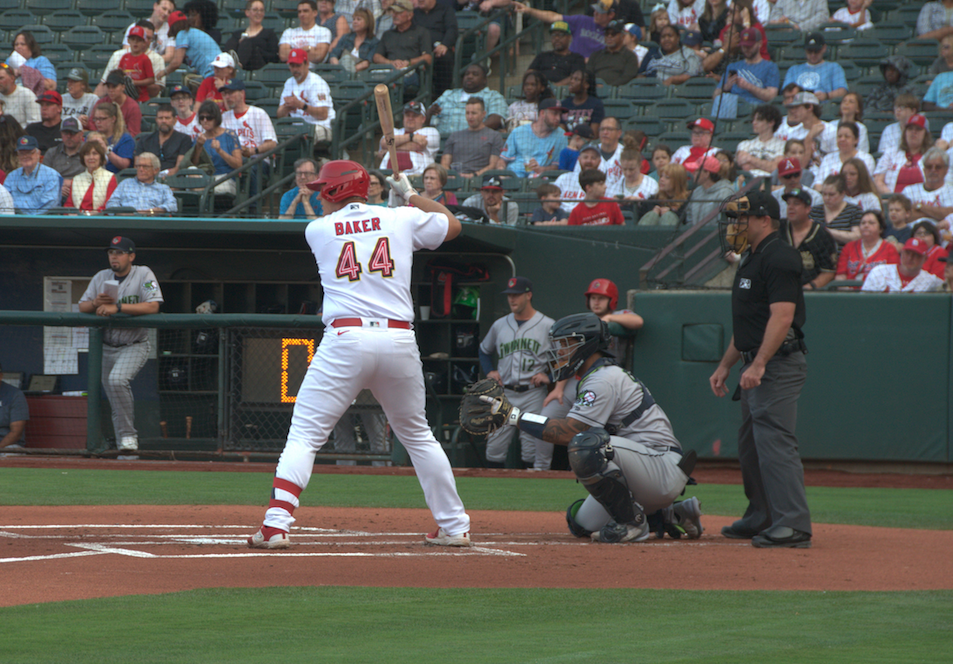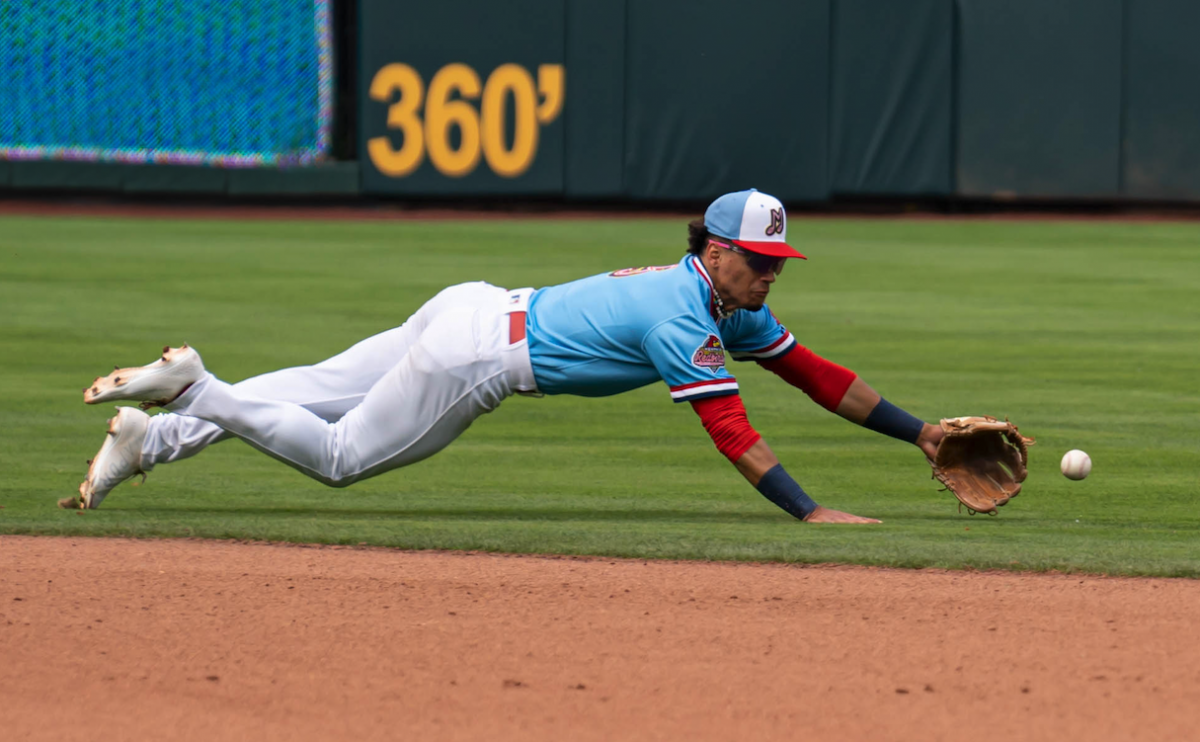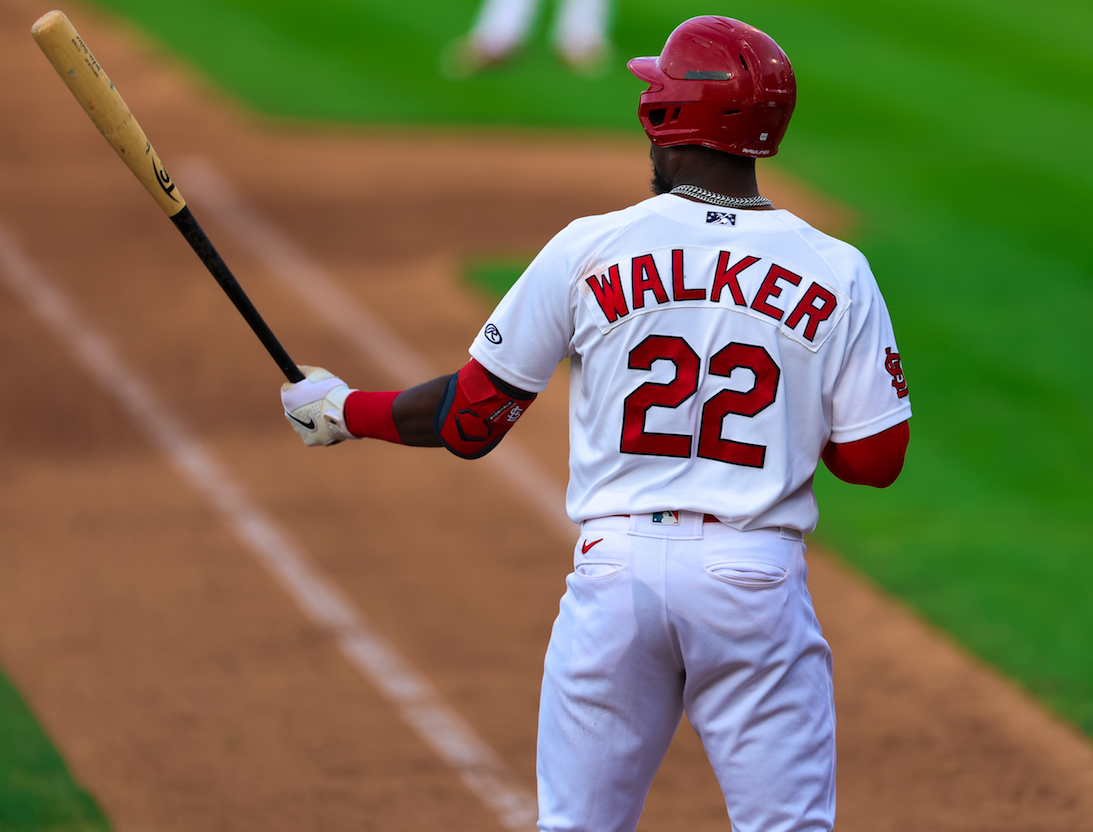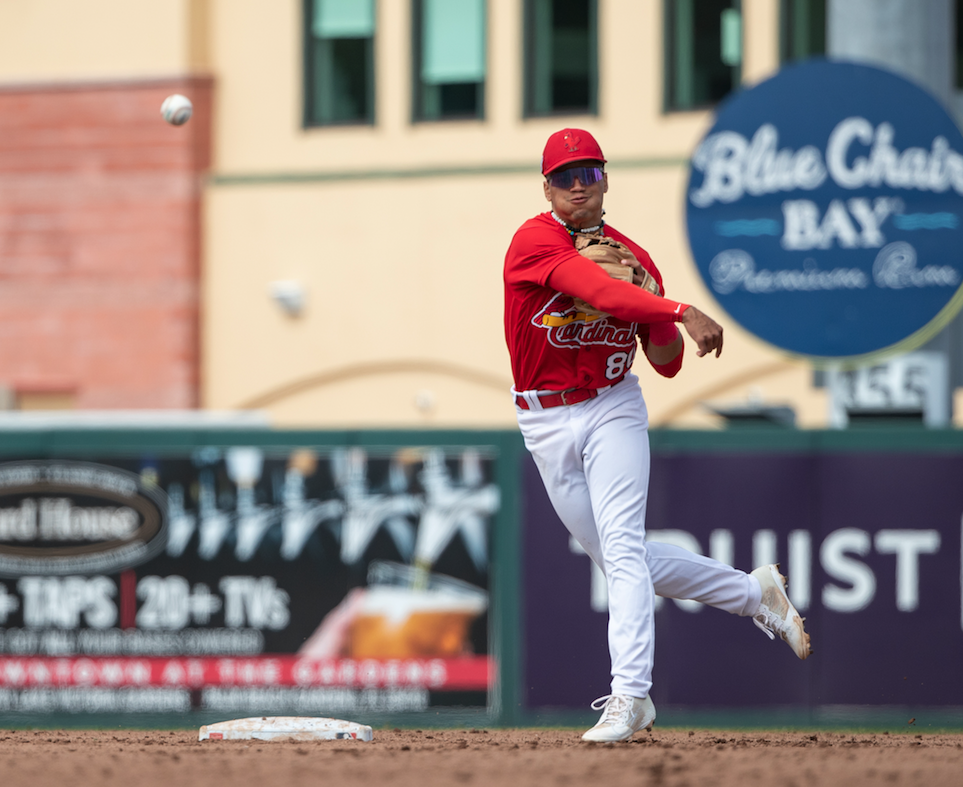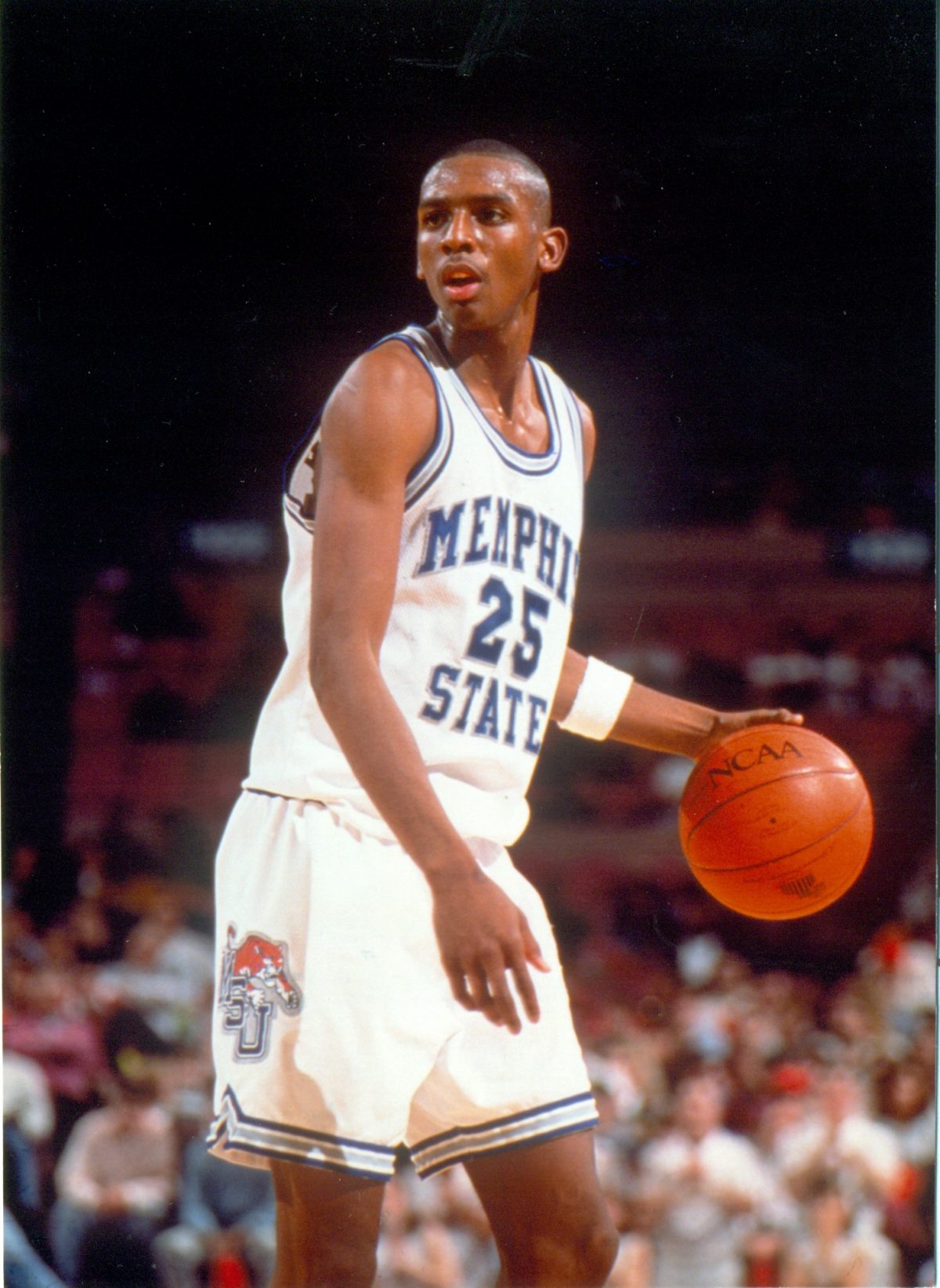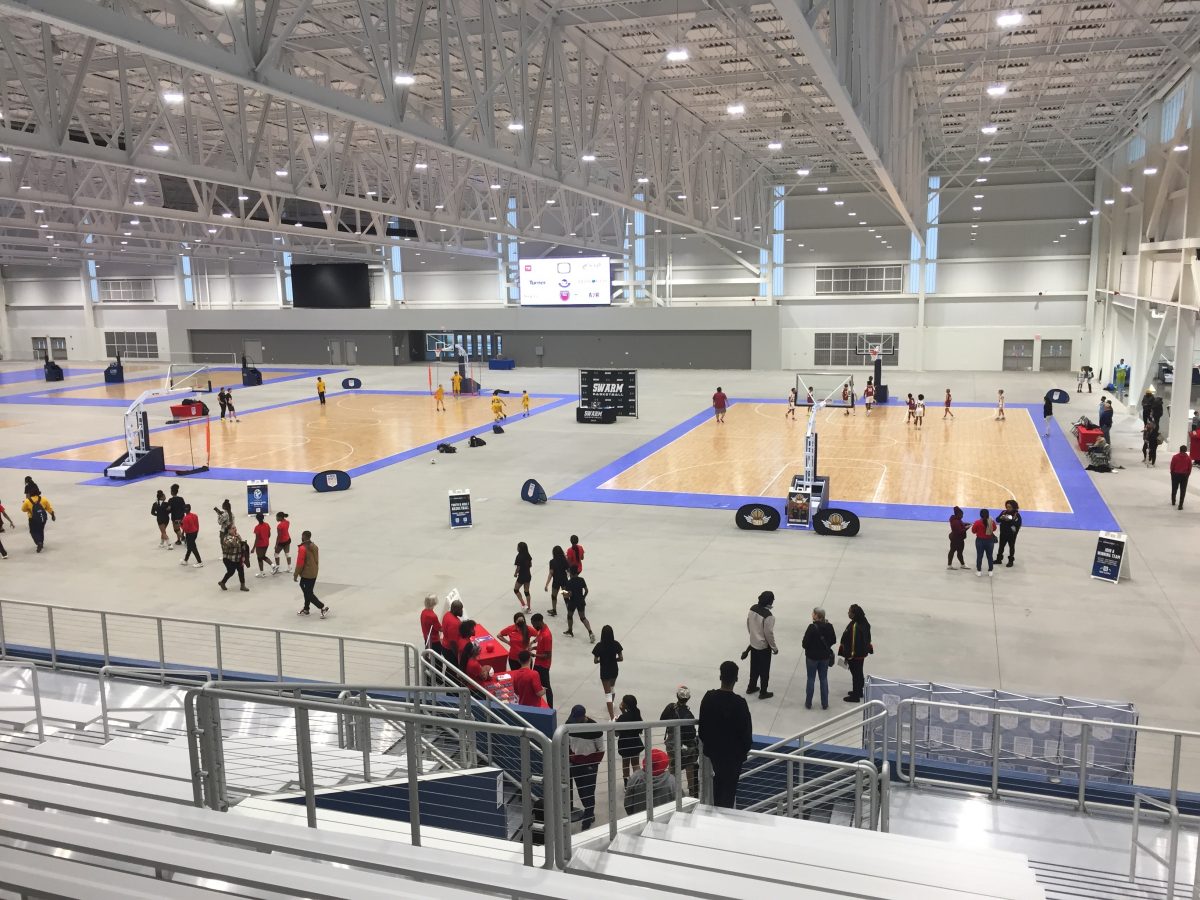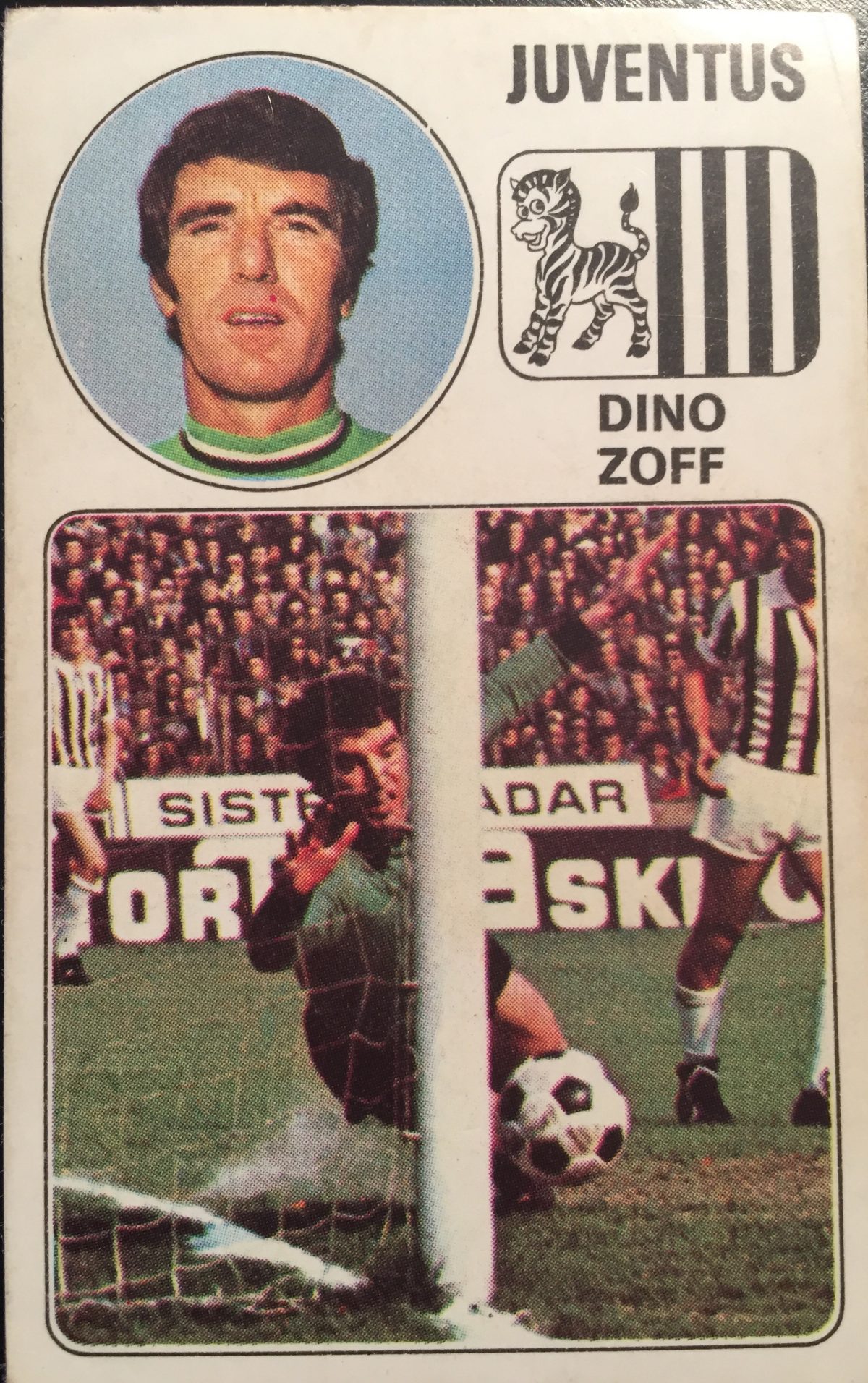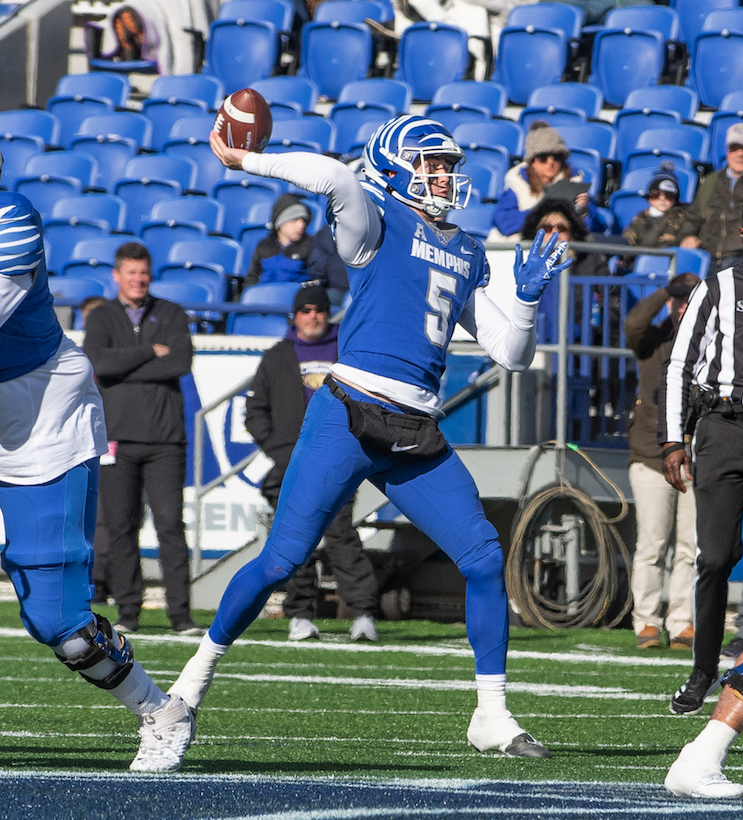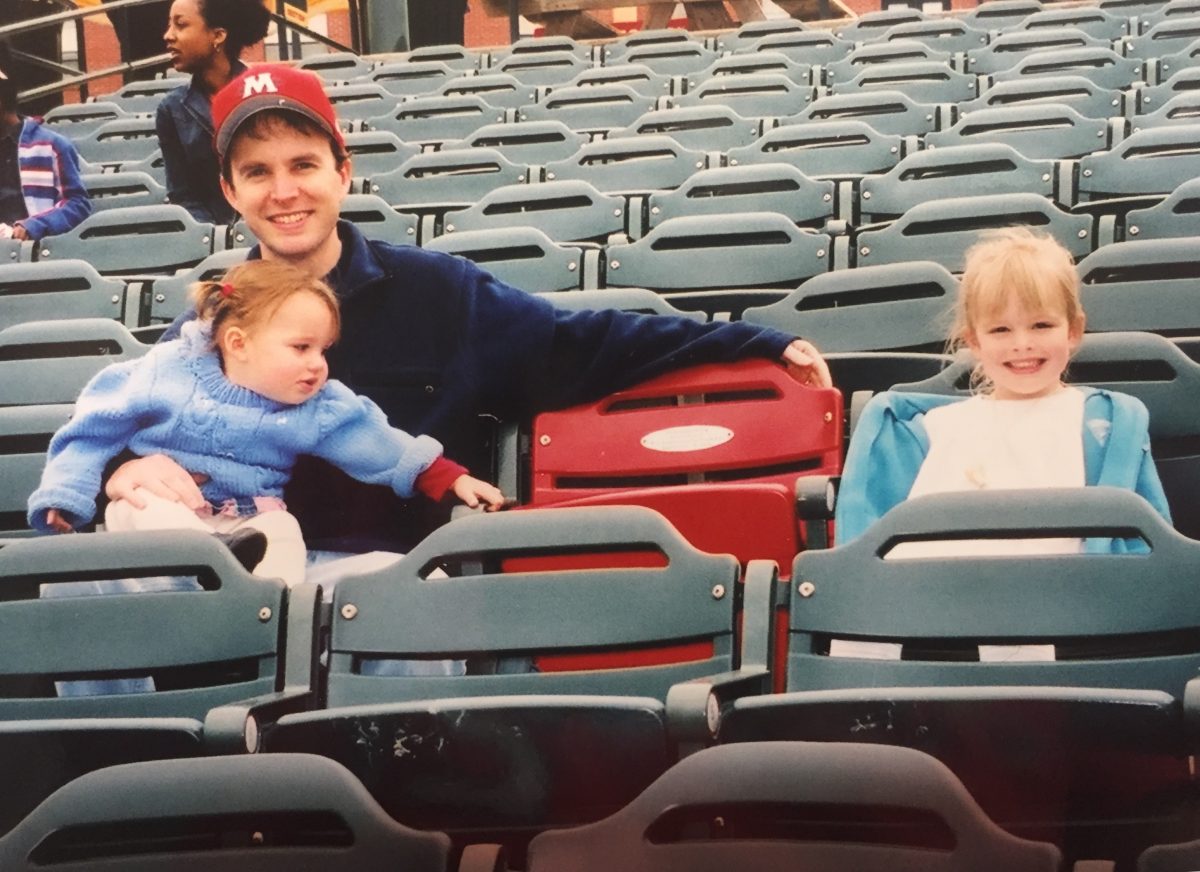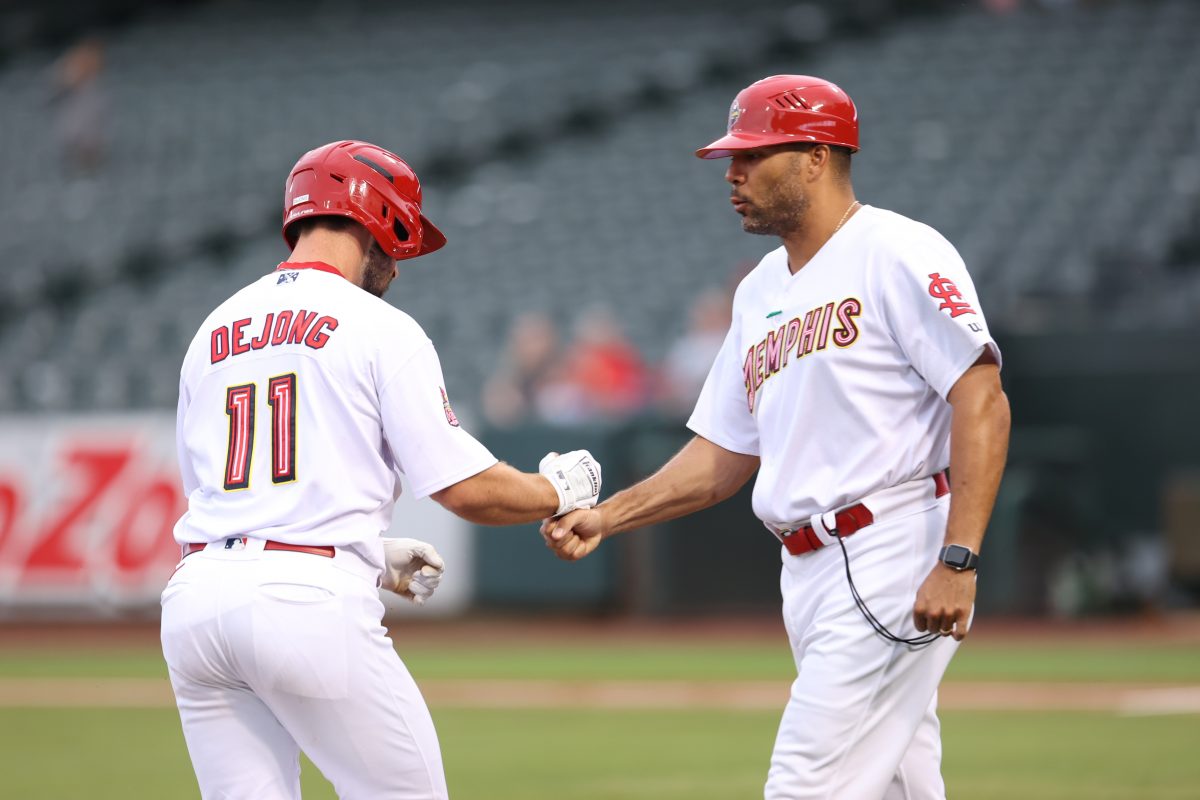Dark days have fallen upon the St. Louis Cardinals. A team favored to win the National League’s Central Division in March is languishing in last place, staring at the franchise’s first losing season since 2007, and only its second this century. The Cardinals’ pitching — both starting and relief — has been dreadful. Stars have come up short of past standards, and prospects (not long ago in uniform with the Memphis Redbirds at AutoZone Park) aren’t making the impact expected or forecast. The toughest part about three months of bad baseball is that three months of the 2023 season remain. Can the Cardinals rediscover their flying wings? And will the Redbirds play a part?
There are four players who have spent most of the season with Memphis who could help ease the Cards’ pain, either short-term or long.
• Luken Baker (1B/DH) — Begging for the nickname “Kong,” Baker (6’4”, 285 lbs.) has dominated the International League, slamming 22 home runs in 64 games and posting a jaw-dropping slugging percentage of .664. In a late-May game at AutoZone Park, Baker clubbed a baseball over the leftfield wall despite shattering his bat. In an age where batting average isn’t supposed to matter, Baker was hitting .319 for the Redbirds when promoted by St. Louis on July 3rd. As large as he is, Baker is soft with the glove at first base, a better-than-adequate fielder. But with Paul Goldschmidt (the 2022 NL MVP) entrenched at that position for St. Louis, Baker may become a premium trade chip. Power is the coin of the major-league realm these days, and Baker’s purse is bursting.
• Ivan Herrera (C) — Catchers who can hit have been a rare breed since the first player donned “the tools of ignorance.” Herrera’s slash line for Memphis (.308/.432/.557) makes those of both Willson Contreras (.240/.334/.419) and Andrew Knizner (.227/.254/.418) look silly. And those are the Cardinal players from whom Herrera aims to shave some playing time. The 23-year-old native of Panama was promoted to St. Louis last week when Knizner went on the 10-day injured list. Similar to Baker, Herrera could be auditioning for 29 other franchises as the August 1st trade deadline approaches. Or he could convince the Cardinals’ front office that their catcher of the future is much less expensive than the 31-year-old Contreras.
• Michael McGreevy (P) — The Cardinals will contend for a 12th World Series crown when their starting pitching again excels. A franchise icon (Adam Wainwright) has struggled mightily in his final season. A once-and-future ace (Jack Flaherty) leads the National League in walks. A top prospect (Matthew Liberatore) posted a 6.75 ERA before returning to Memphis last week. Could McGreevy be among the rescue team? The 18th pick in the 2021 draft, McGreevy was solid at Double-A Springfield last year (6-4) and leads Memphis this season in innings pitched while posting a 5-1 record. Noted for his control, McGreevy has posted an ERA of 3.73 for the Redbirds, a figure that would be the envy of most Cardinal pitchers these days.
• Dakota Hudson (P) — Hudson was the 2018 Pacific Coast League Pitcher of the Year with Memphis, then led St. Louis the next season with 16 wins. But injuries and control problems had him back at Triple-A this season, where he went 5-4 with a 6.00 ERA before getting the call from St. Louis last week after Wainwright went to the injured list. Hudson will be pitching with a chip on his shoulder, which may be precisely what the 2023 Cardinals need right now. Can he survive five innings per start while keeping St. Louis in games? It’s not a high bar to leap these days.
More perspective on the Cardinals’ current mess? The franchise has had only two losing seasons (1999 and 2007) since its Triple-A affiliate moved from Louisville to Memphis in 1998. The Cardinals are staring at their first 90-loss season since 1990 and only the club’s fourth since 1917. Dark days indeed for a proud organization. Perhaps Memphis can provide some light.
